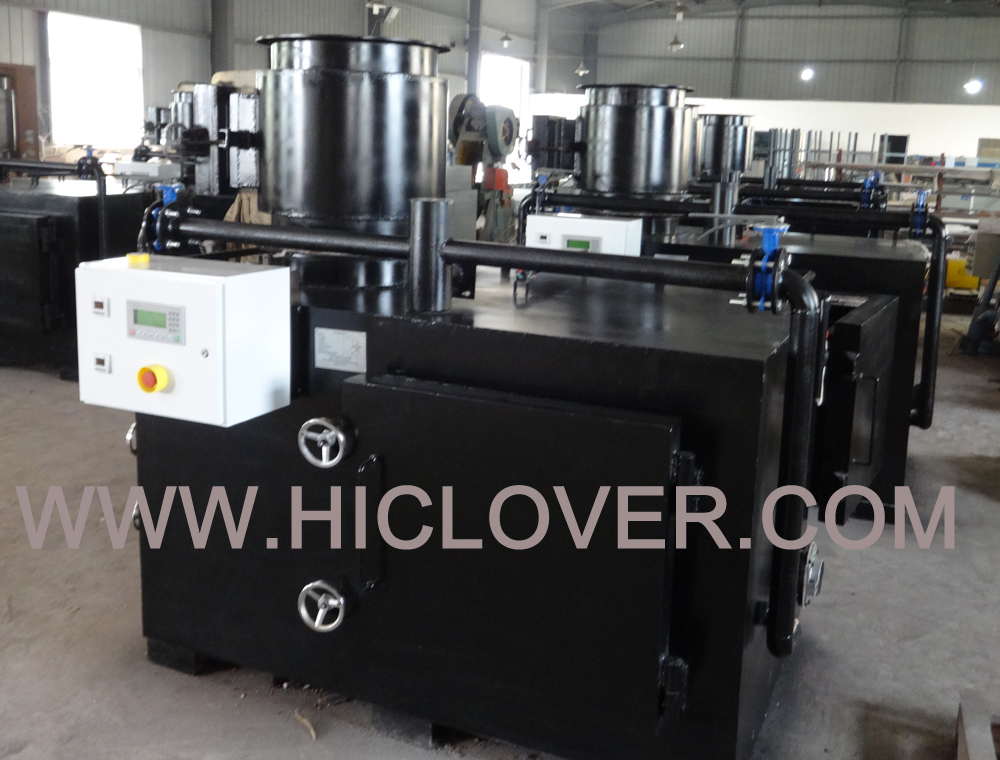The challenges and opportunities in implementing incineration as a waste disposal method are hotly debated topics in the environmental and waste management sectors. Incineration, also known as waste-to-energy, involves the burning of waste materials to generate energy, reduce the volume of waste, and minimize the need for landfills. While this method offers potential benefits, it also presents numerous challenges that must be carefully considered.
One of the main challenges in implementing incineration is the potential environmental impact. The combustion of waste materials produces air pollutants, such as dioxins, furans, and heavy metals, which can have detrimental effects on human health and the environment. Additionally, the release of greenhouse gases, such as carbon dioxide, can contribute to climate change. To address these concerns, incineration facilities must be equipped with state-of-the-art emissions control technologies to minimize air pollution and ensure compliance with strict environmental regulations.
Another challenge is the public perception of incineration. Many people are wary of the potential health risks associated with living near an incineration facility and may oppose the construction of such facilities in their communities. Public education and engagement are crucial in addressing these concerns and building trust in the safety and effectiveness of incineration. Communication with local stakeholders, including residents, businesses, and environmental organizations, is essential in gaining support for incineration projects.
Furthermore, the high initial investment and operational costs of incineration facilities pose a significant challenge. Building and maintaining incineration plants requires substantial financial resources, making it essential to secure long-term funding and support from government agencies and private investors. Additionally, incineration facilities must compete with other waste management methods, such as recycling and composting, which may be more cost-effective and environmentally friendly in certain situations.
Despite these challenges, incineration also presents several opportunities for the waste management industry. Waste-to-energy technologies can help reduce the volume of waste sent to landfills, thereby extending the lifespan of existing landfill sites and alleviating the burden on communities to find new locations for waste disposal. Incineration also provides an alternative source of renewable energy, contributing to the diversification of the energy supply and decreasing reliance on fossil fuels.
Additionally, incineration can be used to manage and dispose of non-recyclable and hazardous waste materials that may pose a threat to public health and the environment if not handled properly. By incinerating these materials at high temperatures, incineration facilities can effectively destroy harmful pollutants and toxins, ensuring safe and responsible waste management practices.
In conclusion, implementing incineration as a waste disposal method presents both challenges and opportunities for the waste management industry. While incineration offers the potential to reduce waste volumes, generate renewable energy, and manage hazardous waste, it also raises concerns about air pollution, public perception, and financial viability. To effectively harness the benefits of incineration while mitigating its potential drawbacks, it is essential to invest in advanced technologies, engage with local communities, and prioritize environmental sustainability. By carefully considering these factors, incineration can play a valuable role in the broader effort to achieve sustainable waste management practices.



